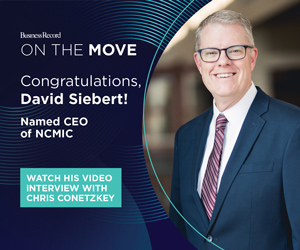Women think men don’t consider them equals at work

In advance of the new documentary “MAKERS: Once and for All,” a film presented by AOL that tells the story of a 1995 Beijing conference as a watershed event in the global struggle for women’s rights, a new HuffPost Women survey explores what men and women believe the state of gender equality is today, both in politics and in the workforce.
The conclusion? A majority of women feel they earn less than men at work, and the men they work with don’t view them as equals.
The survey also asked men their thoughts on several questions concerning gender bias in the workplace. Here are some key findings from the survey:
- 35 percent of women polled say gender bias is very common in their workplaces, while 39 percent of women said it was somewhat common. On the other hand, 41 percent of men surveyed said gender bias was somewhat common, followed by 25 percent who said gender bias is not very common.
- 65 percent of women said they feel men don’t consider women equals in the workplace, and 21 percent said women are considered equal. However, 43 percent of men said they feel women are considered equals in the workplace; 42 percent said women are not considered equal.
- 74 percent of women believe men typically make more money at work, while 15 percent believe men and women are paid equally. As for men, 56 percent believe men make more, while 30 percent believe men and women are paid equally.
- Finally, 51 percent of women believe men are more successful at negotiating salary, while 28 percent believe men and women have equal chance at successfully negotiating salary. Among men, 42 percent believe men are more successful at negotiating salary, while 36 percent believe men and women have equal chance at success.
The MAKERS/HuffPost/YouGov poll consisted of 1,000 completed interviews conducted Oct. 28-30 among U.S. adults, using a sample selected from YouGov’s opt-in online panel to match the demographics and other characteristics of the adult U.S. population.
See the full infographic and findings on HuffingtonPost.com.








